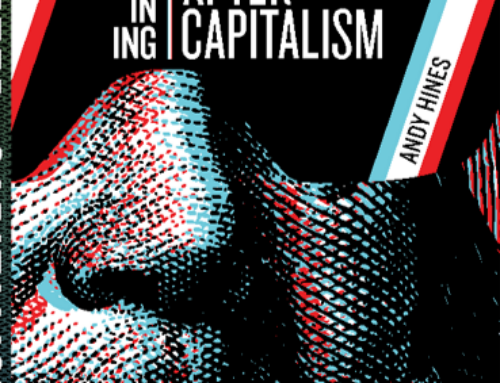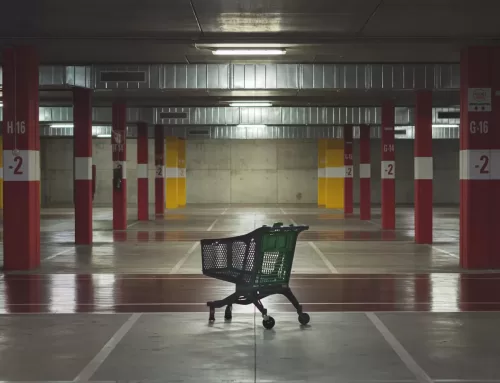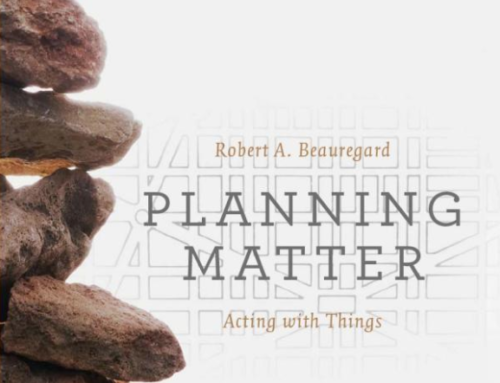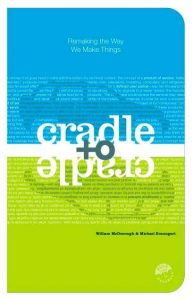
Reduce, Reuse, Recycle! Most of us have memorized this phrase to heart in our quest to be better to the environment. In Cradle-to-Cradle, architect William McDonough and former-Greenpeace activist Michael Braungart questions its efficacy. They argue that the 3Rs can at best reduce environmental harm, but not eliminate it. In a world that will peak over 9 billion people by 2050, simply doing “less harm” makes for an inadequate environmental strategy.
What is our alternative? Cradle-to-Cradle’s advocates for environmental policies to design out waste, rather than just reducing them. The authors take inspiration from the natural system; nature has no waste. They remind that waste in nature, such as oxygen from plants or dung from deer, in actuality nourishes other parts of the ecosystem. The natural system is a circular economy. It is an economy of zero waste.
Rather than outlining specific policies, Cradle-to-Cradle is a call to arms for environmentalist to reexamine our relationship with waste, our environmental policies, and approach to manufacturing. In contrast, the Ellen MacArthur Foundation follows-up on Cradle-to-Cradle by outlining the financial, business models and policies to create a circular economy in their report: The Circular Economy: Economic and Business Rationale for an Accelerated Transition.
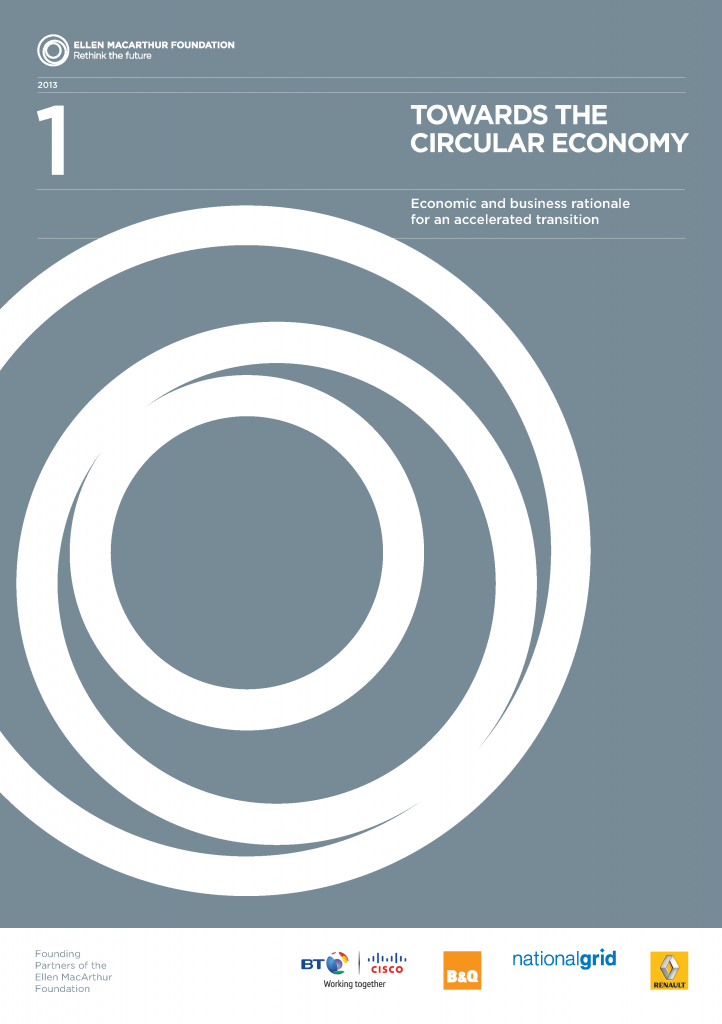 The report, written by McKinsey & Company, outlines a plan for transitioning to the circular economy through modular-based manufacturing, enabling access over ownership, and investing in creating environmentally beneficial materials.
The report, written by McKinsey & Company, outlines a plan for transitioning to the circular economy through modular-based manufacturing, enabling access over ownership, and investing in creating environmentally beneficial materials.
For the washing machine industry, they recommend manufacturers should provide home-installed washing machines on a pay-per-wash model rather than being bought outright. Instead of being thrown away at the end of its lifecycle, the washing machine would be redesigned to be effortlessly refurbished or recovered for its metals and plastics at a remanufacturing factory. More radically, the report imagines that the detergent will also be designed to be recoverable and reusable.
As with Cradle-to-Cradle, the Ellen MacArthur Foundation argues for investment in new materials that can benefit the environment. Packaging for consumer goods, instead of being discarded as waste, could provide nutrients for the soil, just like the way a cow’s “waste” fertilizes a field.
Closing the Loop
The circular economy provides for an interesting reframing of the capitalist economy, by asking the capitalist system – specifically manufactures and consumers – to borrow nature’s approach to sustainability and design out waste. The challenge with applying the Circular Economy is that it is contingent on so many other pieces working together seamlessly. New non-toxic, recyclable and even “environmentally beneficial” materials need to be invented. A product’s lifecycle must shift from linear to circular, requiring reassessing its design, manufacturing process, and logistical needs to skip the landfill entirely. And finally, the consumers must shift from preferring to have access (rent) rather than own products.
Fortunately, we have real-world case study in action. Since 2015, the European Union has been discussing placing the Circular Economy ideas into practice to improve the environment and potentially save cost via recovered material. Indeed, the Ellen MacArthur Foundation estimates that select EU-based industries could attain “annual net material cost savings opportunity of up to USD 380 billion.” As the EU is expected to implement more circular economy based policies, we will be able to better assess the practicality and efficacy of the circular economy. — Daniel Riveong

